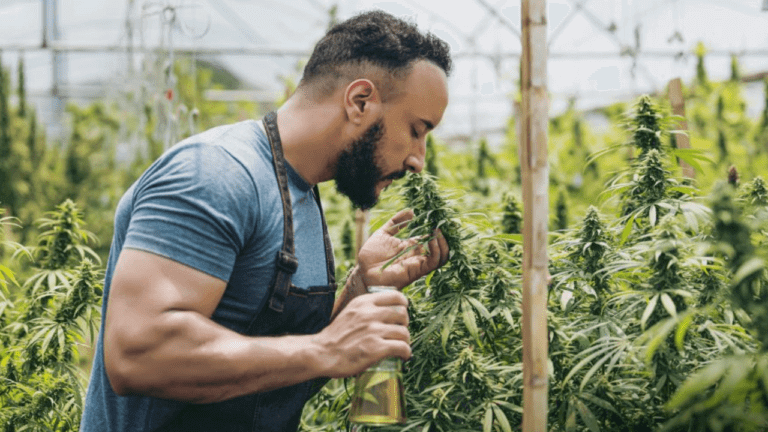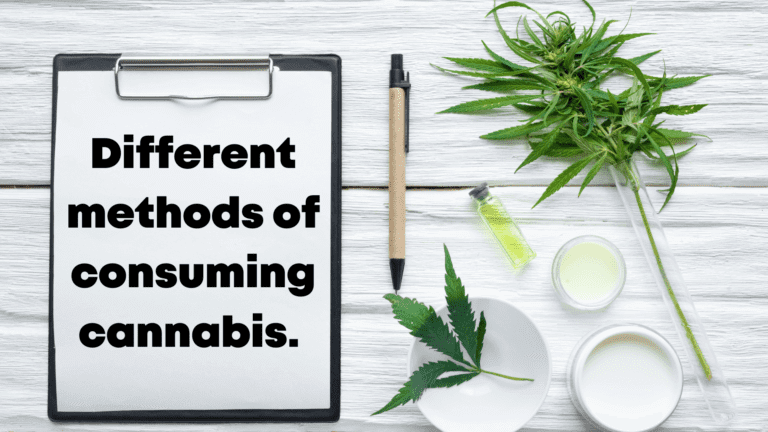When it comes to cannabis cultivation, yield refers to the amount of harvested cannabis that is obtained from a single plant or a crop. It is an essential metric that determines the success and profitability of any cannabis cultivation endeavor. Maximizing the yield of cannabis plants is a goal for every grower, as it directly translates into higher profits and a more bountiful harvest.
Understanding Cannabis Plant Yield
To effectively boost the yield of cannabis plants, it is crucial to have a solid understanding of the factors that influence it. The primary factor is genetics, as different cannabis strains have varying yield potentials. Other factors include environmental conditions, such as light, temperature, humidity, and nutrients. Additionally, cultivation techniques, such as pruning, training, and feeding schedules, also play a significant role in maximizing yield.
Factors Affecting Cannabis Plant Yield
- Genetic Factors: The genetic makeup of a cannabis plant determines its inherent yield potential. Some strains are naturally high-yielding, while others may produce smaller harvests. When selecting cannabis strains for cultivation, it is advisable to choose those known for their high yield potential.
- Environmental Factors: Providing the optimal environmental conditions for cannabis plants is crucial for maximizing yield. This includes providing the appropriate amount and quality of light, maintaining the ideal temperature and humidity levels, and providing a balanced nutrient solution.
- Cultivation Techniques: Proper cultivation techniques can greatly impact cannabis plant yield. Pruning techniques, such as topping, FIMing, and lollipopping, can help redirect the plant’s energy to the main colas, resulting in larger yields. Additionally, training techniques like low-stress training (LST) and scrogging can help increase light penetration and promote more bud development.
Calculating Cannabis Plant Yield
Calculating the potential yield of a cannabis plant can be helpful in determining the success of a cultivation project. While it is challenging to accurately predict the exact yield, there are methods to estimate it based on certain factors.
One common method is using a cannabis yield calculator, which takes into account factors such as the size of the growing area, the number of plants, the average yield per plant, and the cultivation techniques employed. By inputting these variables, growers can get an estimate of the total yield they can expect from their cannabis cultivation.
Tips for Maximizing Cannabis Plant Yield
- Provide Optimal Lighting: Cannabis plants require adequate light to maximize their yield potential. Using high-quality grow lights with the right spectrum and intensity is crucial for promoting healthy growth and abundant bud production.
- Maintain Ideal Temperature and Humidity: Proper temperature and humidity levels are essential for optimal growth and yield. Cannabis plants thrive in temperatures between 70-85°F (21-29°C) during the day and slightly cooler temperatures at night. Humidity levels should be maintained between 40-60% during the vegetative stage and reduced to 30-40% during the flowering stage.
- Feed the Plants Properly: Providing the right nutrients in the correct ratios is crucial for maximizing yield. Using a balanced nutrient solution specifically designed for cannabis cultivation can help ensure that the plants receive all the necessary macronutrients and micronutrients they need for healthy growth and abundant bud production.
Pruning Techniques for Increasing Cannabis Plant Yield
Pruning is a cultivation technique that involves selectively removing certain parts of the cannabis plant to promote better growth and higher yields. Here are some pruning techniques that can help increase cannabis plant yield:
- Topping: Topping involves cutting off the main stem’s tip to encourage the growth of multiple colas. This technique helps create a more bushy and evenly distributed canopy, resulting in more bud sites and ultimately higher yields.
- FIMing: FIMing is a variation of topping where only a portion of the main stem’s tip is removed, leaving behind a small portion of it. This technique encourages the growth of multiple colas, similar to topping, but with a slightly different approach.
- Lollipopping: Lollipopping involves removing the lower branches and foliage of the cannabis plant, focusing energy on the upper canopy. This technique helps redirect the plant’s energy towards the development of larger, more potent buds and eliminates unnecessary lower bud sites that may not receive sufficient light.
Selecting High-Yield Cannabis Strains
Choosing the right cannabis strains can significantly impact the yield of your cultivation project. Some strains are naturally high-yielding, while others may produce smaller harvests. Here are a few high-yield cannabis strains worth considering:
- Wedding Cake: Wedding Cake is a hybrid strain known for its high yields and potent buds. It offers a sweet and tangy flavor profile, making it a favorite among cannabis enthusiasts.
- Gorilla Glue #4: Gorilla Glue #4 is a popular strain that produces heavy yields with high THC content. It has a pungent, earthy aroma and offers a potent, long-lasting high.
- Big Bud: As the name suggests, Big Bud is renowned for its massive yields. It is an indica-dominant strain with dense, resinous buds and a sweet, fruity flavor.
Maximizing the yield of cannabis plants requires a combination of genetic selection, optimal environmental conditions, and effective cultivation techniques. By understanding the factors that influence yield and implementing the right strategies, growers can unlock the full potential of their cannabis plants and achieve bountiful harvests. Remember to choose high-yield cannabis strains, provide the optimal lighting, temperature, and humidity, and employ proper pruning techniques. With these tips in mind, you are well on your way to boosting cannabis plant yield and reaping the rewards of your cultivation efforts.








